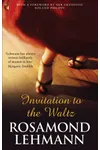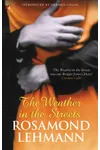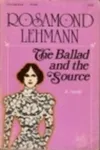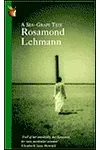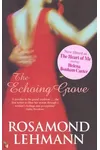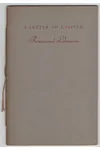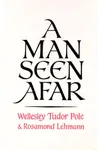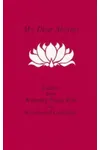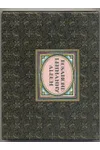Picture a British storyteller who wove tales of love, loss, and the female heart with breathtaking elegance—meet Rosamond Lehmann! Born in 1901, this novelist captured the emotional whirlwinds of women’s lives, earning her a cherished spot in 20th-century literature. Her debut, Dusty Answer, shocked and dazzled readers, launching a career that blended raw emotion with lyrical prose.
Lehmann’s novels, like Invitation to the Waltz and The Weather in the Streets, explore the tender, often turbulent moments of youth and romance. With a knack for diving deep into her characters’ psyches, she became a voice for women navigating society’s expectations. Ready to step into her world? Let’s uncover the life and legacy of Rosamond Lehmann.
The Making of Rosamond Lehmann
Born on February 3, 1901, in Bourne End, Buckinghamshire, Rosamond Nina Lehmann grew up in a privileged, literary family. Her father, Rudolph Chambers Lehmann, was a Liberal MP and editor, while her mother, Alice Davis, instilled feminist ideals. Educated at home with her siblings—including her actress sister Beatrix and publisher brother John—Rosamond found solace in writing, feeling overlooked by her parents’ favoritism. At Girton College, Cambridge, she honed her craft, earning degrees in English Literature and Modern Languages by 1922, setting the stage for her literary ascent.
Rosamond Lehmann’s Unforgettable Stories
Lehmann’s debut novel, Dusty Answer (1927), was a sensation, its candid exploration of adolescence and bisexuality earning both praise and scandal. The story of Judith Earle’s emotional awakening resonated with readers, cementing Lehmann’s reputation. Invitation to the Waltz (1932) followed, a tender coming-of-age tale about Olivia Curtis’s anticipation of her first dance, brimming with youthful dreams and anxieties. Its sequel, The Weather in the Streets (1936), tackled divorce and illicit love, shocking audiences with its bold honesty.
The Ballad and the Source (1944) showcased Lehmann’s narrative depth, weaving a young girl’s fascination with the enigmatic Mrs. Jardine into a tapestry of family secrets. The Echoing Grove (1953) delved into sisterly rivalry and betrayal, its non-linear storytelling earning critical acclaim. Lehmann’s style—impressionistic, emotionally rich, and focused on women’s inner lives—drew comparisons to Virginia Woolf, though her accessible prose appealed to a broader audience.
Beyond novels, Lehmann wrote a play, No More Music (1939), short stories like The Gypsy’s Baby (1946), and a poignant autobiography, The Swan in the Evening (1967), reflecting on her daughter Sally’s tragic death. Her translations of French works, including Jean Cocteau’s Les Enfants Terribles, further showcased her versatility.
Why Rosamond Lehmann Matters
Rosamond Lehmann’s legacy lies in her fearless exploration of women’s emotional and erotic lives, challenging societal norms with grace and insight. Her novels, once dismissed as “middle-brow,” are now celebrated for their modernist experimentation and feminist undertones, influencing writers and scholars alike. Her involvement with the Bloomsbury Group and literary organizations like PEN amplified her impact, making her a cultural touchstone of her era.
Lehmann’s work remains relevant, offering timeless reflections on love’s fleeting nature and the complexities of identity. Her novels, adapted into films like The Weather in the Streets (1983) and The Echoing Grove (2002), continue to captivate new generations, proving her stories transcend time.
About Rosamond Lehmann
- Born: February 3, 1901, Bourne End, Buckinghamshire, England
- Key Works: Dusty Answer, Invitation to the Waltz, The Weather in the Streets, The Ballad and the Source
- Awards: Commander of the Order of the British Empire (CBE), 1982
- Died: March 12, 1990, London, England
Snag Invitation to the Waltz and dive into Rosamond Lehmann’s enchanting world of love and longing!
